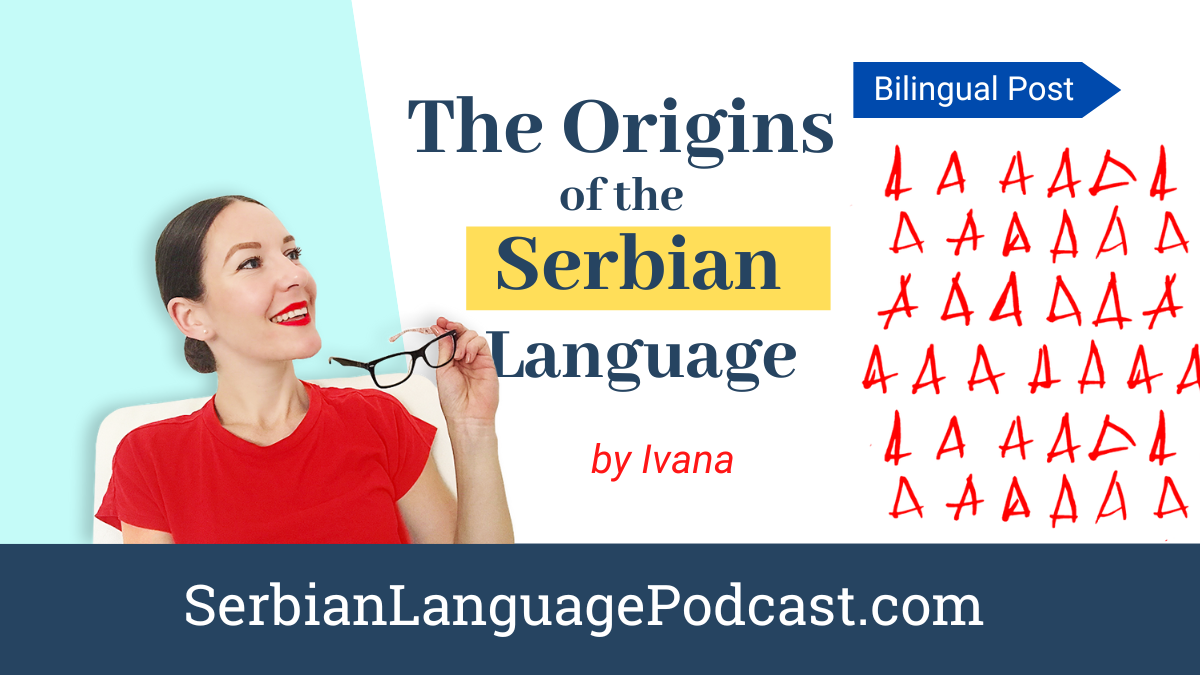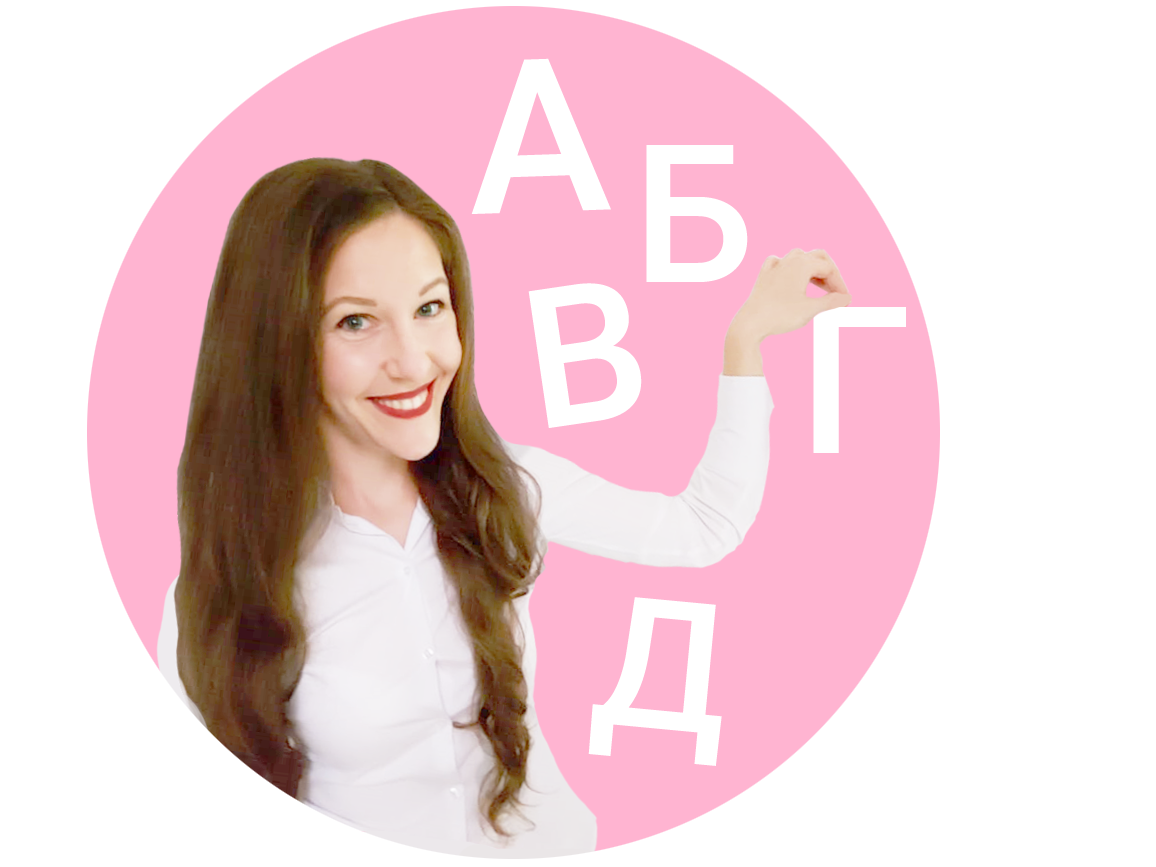The Origins Of The Serbian Language
–
Bilingual Post: English – Serbian
1. The Origins Of The Serbian Language
Serbian language is the official language used in Serbia, and it belongs to the South Slavic group of languages. South Slavic group is a part of larger of Slavic branch languages, and this is again a part of the Indo-European language family. This language was used in the former republic of Yugoslavia, and since then it has developed in few directions so today we have Serbian, Croatian, Bosnian languages.
Poreklo srpskog jezika
Srpski jezik je zvanični jezik u upotrebi u Srbiji i pripada Južno Slovenskoj grupi jezika. Južno Slovenska grupa je deo veće Slovenske grane jezika, a ona je pak deo Indo-Evropska porodica jezika. Ovaj jezik se koristio u bivšoj republici Jugoslaviji, i od tada se razvio u više pravaca pa danas imamo Srpski, Hrvatski, Bosanski jezik.
The origins of the Serbian language goes all the way to 1300 BC when it was used mostly for church and religious needs. Monks Cyril and Methodius worked on this language in the 9th century and made it more approachable for everyday use and people. They are still mentioned and honored today, as one of the most important people who made the Serbian language survive. They created an alphabet known as Glagolitic, and it was later changed to Cyrillic in the 12th century.
Poreklo srpskog jezika seže sve do 1300. godine pre nove ere kada je korišćen uglavnom za crkvene i verske potrebe. Monasi Ćirilo i Metodije su radili na ovom jeziku u devetom veku i prilagodili ga svakodnevnim potrebama ljudi. Ovi monasi se i danas pominju i poštuju kao jedni od najvažnijih ljudi koji su omogućili opstanak Srpskog jezika. Oni su napravili alfabet po imenu Glagoljica, koja je kasnije promenjena u Ćirilicu u dvanaestom veku.
2. Vuk Karadžić and the Serbian language reform
In the 19th century Serbian language underwent a significant transformation. Vuk Karadžić, one of the most famous linguists in Serbian history, modernized the Serbian language and brought it closer to common folk speech. Karadžić’s language reform also created the modern Serbian alphabet we use today, known as Azbuka.
Vuk Karadžić i reforma srpskog jezika
Srpski jezik je u 19. veku doživeo značajnu transformaciju. Vuk Karadžić, jedan od najpoznatijih lingvista u srpskoj istoriji, modernizovao je srpski jezik i približio ga običnom narodnom govoru. Karadžićeva jezička reforma stvorila je i savremeno srpsko pismo koje danas koristimo, poznato kao azbuka.

Vuk introduced the single letters lj, nj, đ, ć and replaced the old diagrams [lь], [nь], [dь], [tь] making the new Azbuka easier to write.
Vuk je uveo pojedinačna slova lj, nj, đ, ć i zamenio stare dijagrame [lь], [nь], [dь], [tь] čime je nova Azbuka postala lakša za pisanje.
3. The use of Cyrillic and Latin alphabet today
Serbian Language has two alphabets, and both, Cyrillic and Latin alphabet, are officially used in Serbia today. Serbian people read and write in both alphabets simultaneously because they are both mandatory parts of education. However, in everyday lives, Serbian people tend to use the Latin alphabet more because of its practicality and convenience.
Upotreba ćirilice i latinice danas
Srpski jezik ima dva pisma i danas se u Srbiji zvanično koriste i oba, ćirilica i latinica. Srpski narod čita i piše istovremeno oba pisma jer su obavezan deo obrazovanja. Međutim, u svakodnevnom životu srpski narod više koristi latinicu zbog njene praktičnosti i pogodnosti.
Cyrillic alphabet is usually the first thing a foreign person would notice in Serbia, and while it can be confusing at first it is quite easy and logical to learn. This is also one of the similarities with Russian languages because they tend to use this kind of alphabet too.
Ćirilično pismo je obično prva stvar koju stranci primate u Srbiji, i dok možda izgleda neobično zapravo je laka i logična za učenje. Ovo je takođe jedna od sličnosti sa Ruskim jezikom, zato što oni koriste slično pismo.
4. Influence from other languages
The Serbian language has “borrowed” words from many other languages (loanwords). Here are a few:
Uticaj drugih jezika
Srpski jezik je pozajmio mnogo reči iz drugih jezika (pozajmljenice). Evo su neke:
- roba/роба (things, goods, merchandise) – from Italian “roba”
- klavir/клавир (piano) – from French “clavier”
- kreda/креда (chalk) – from Latin “creta”
- šećer/шећер (sugar) – from Turkish “Şeker”
- špijun/шпијун (spy) – from Italian “spione”
- kifla/кифла (breakfast crescent, kipferl) – from German “kipferl”
- džip/џип (SUV vehicle, Jeep) – from english “Jeep”
- fenjer/фењер (lantern) – from Turkish “fenar”
- fioka/фиока (drawer) – from Hungarian “fiok”
- čorba/чорба (soup, broth, stew) – from Turkish “çorba”
- lektira/лектира (reading, a list of books to read) from French “lectures”
- pošta/пошта (Post Office) – from Italian “posta”

5. Where is the Serbian language used today?
The Serbian language is spoken by over 9 million people around the world. It’s primarily used in Serbia and surrounding countries like Bosnia and Montenegro. But it is also recognized as a minority language in Croatia, Hungary, Slovakia, Macedonia, and others. It’s used in Germany, Switzerland and other countries where Serbian people live and work.
Gde se danas koristi srpski jezik?
Srpski jezik govori preko 9 miliona ljudi u svetu. Pre svega se koristi u Srbiji i okolnim zemljama kao što su Bosna i Crna Gora. Ali je takođe priznat kao jezik nacionalnih manjina u Hrvatskoj, Mađarskoj, Sloveniji, Makedoniji i drugim zemljama. Koristi se i u Nemačkoj, Švajcarskoj i drugim zemljama gde Srbi žive i rade.
This unique language with its rich history and heritage is a great opportunity to learn something new. Unusual letters, talented writers, and amazing literature can be just around the corner waiting for you.
Kao što vidite, ovaj jedinstven jezik sa svojom bogatom istorijom i nasleđem je odlična prilika da naučite nešto novo. Neobična slova, talentovani pisci i neverovatna literature mogu biti iza prvog ugla.





